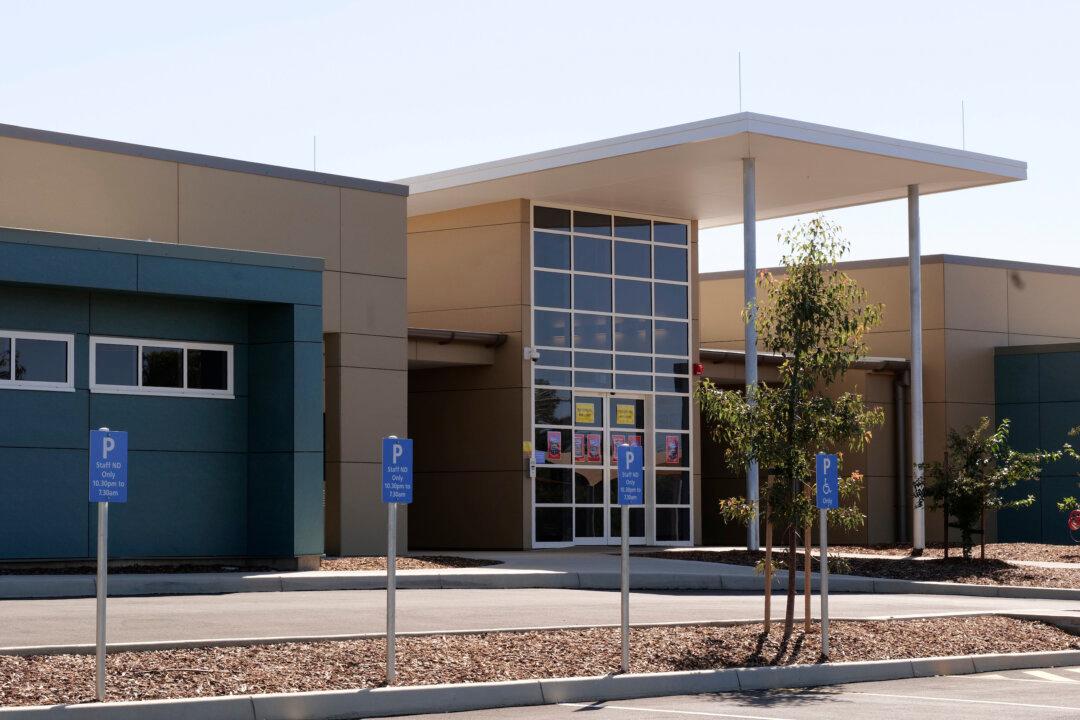Australian medical groups are calling for state and federal governments to boost funding in rural areas after a report found that rural Australians were shortchanged to the tune of $6.5 billion (US$4.3 billion) in health funding.
According to a Nous Group report that was commissioned by the National Rural Health Alliance, each person in rural Australia is missing out on nearly $850 per year in healthcare access when compared to their city counterparts. This figure was based on data from the 2020–2021 financial year.





